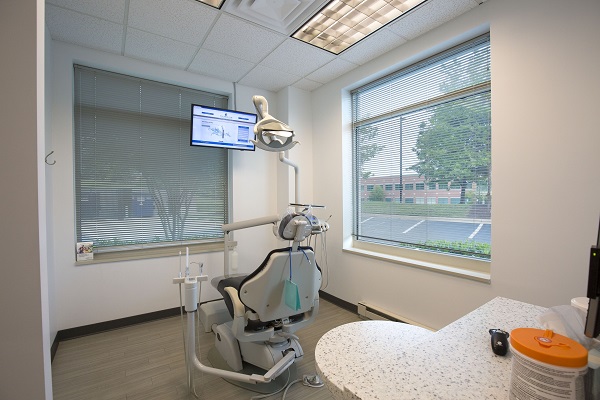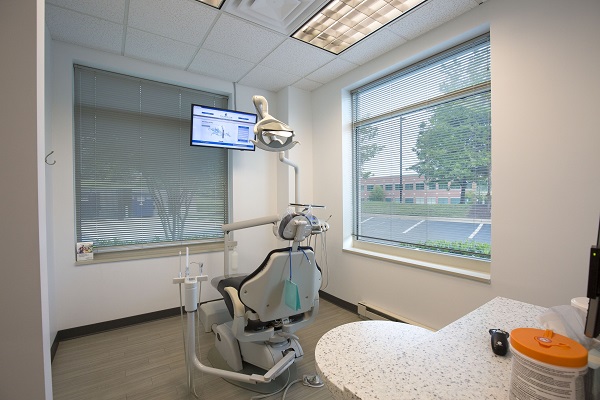General Dentistry Restoration Options to Repair a Damaged Tooth

General dentistry consists of a lot of routine oral health care, which also happens to include restoring teeth that are in bad shape due to damage. Common damage may include cracks, chips, or cavities, all of which can be addressed with the help of different dental restorations. Continue reading to find out what dental restoration options are used in general dentistry and how each one is performed.
Damaged tooth restoration solutions
Outlined below are a few restoration options used in general dentistry to repair teeth that are damaged. Reviewing the following information can be helpful to individuals who need to undergo a restoration.
Dental crowns
The most common dental restoration used in general dentistry is the placement of a dental crown. General dentists recommend dental crowns for just about any type of damage, whether it be cavities, cracks, chips, or severe stains. Because dental crowns completely cap a tooth, they can be used for almost any type of damage.
A dental crown procedure starts with the general dentist removing the damaged parts of the tooth. From there, the tooth is cleaned out to ensure that nothing harmful is left behind. Then, the tooth is capped with a temporary dental crown, made of composite resin. A few weeks later, the patient can return for the placement of the permanent crown.
Fillings, inlays, and onlays
Dental fillings are another general dentistry restoration procedure. They are usually used for teeth that are damaged as a result of cavities. However, general dentists also recommend them for teeth that have minor cracks, as the filling material can seal the crack, thus restoring the tooth.
Inlays and onlays are similar to dental fillings; however, they only address small portions of the teeth. Inlays restore the spaces between cusps, whereas onlays restore the actual cusps of teeth. Both procedures use composite or ceramic materials, making it impossible to detect to the naked eye. This allows for a natural-looking dental restoration.
Dental bonding
Another common dental restoration that is used in general dentistry is dental bonding. This type of treatment is a lot simpler than the others that were mentioned above, but it is still quite effective in restoring damaged teeth.
Dental bonding is performed using a resin material and a curing light. There is no pain involved; however, there may be some light sensitivity afterward. It is most commonly recommended in general dentistry for teeth that are minorly cracked, chipped, or stained.
Find out more from a general dentist
When needing any type of dental restoration to repair teeth that are damaged, the best place to start is by consulting with a general dentist. An evaluation can be done to determine what treatment option is most suitable. From there, the treatment can be administered to restore oral health. To learn more or to get scheduled for an appointment, reach out today. Our general dentistry team can help restore your damaged teeth.
Request an appointment here: https://www.titandentalcare.com for an appointment in our Sterling office.
Check out what others are saying about our dental services on Yelp: General Dentist in Sterling, VA.
Related Posts
Choosing a general dentist to straighten your teeth is a great idea. General dentists are primary care dental providers, which means they understand everything there is to know about diagnosing, treating, and managing their patients' oral health. This type of dentist is the first dentist you would make an appointment with when experiencing any dental…
One of the most common dental procedures that general dentists offer is a dental bridge. This is a method of teeth replacement that replaces one missing tooth or a section of missing teeth. A dental bridge most notably addresses a cosmetic concern, but it may offer functional and oral health benefits as well. It is helpful…
Have you ever suffered from an injury that left your teeth in pain? How do you know if you have an injured tooth? How can it be fixed? An injured tooth doesn’t have to be the end of the world, even though there are some instances where it can be fatal. Keep your teeth healthy…
You have probably dealt with a toothache more than once in your lifetime. Sometimes, the pain goes away on its own. When that happens, you likely bit down on something too hard or ground your teeth. However, it is more common than not that a toothache indicates that something is wrong. So, even if the…


